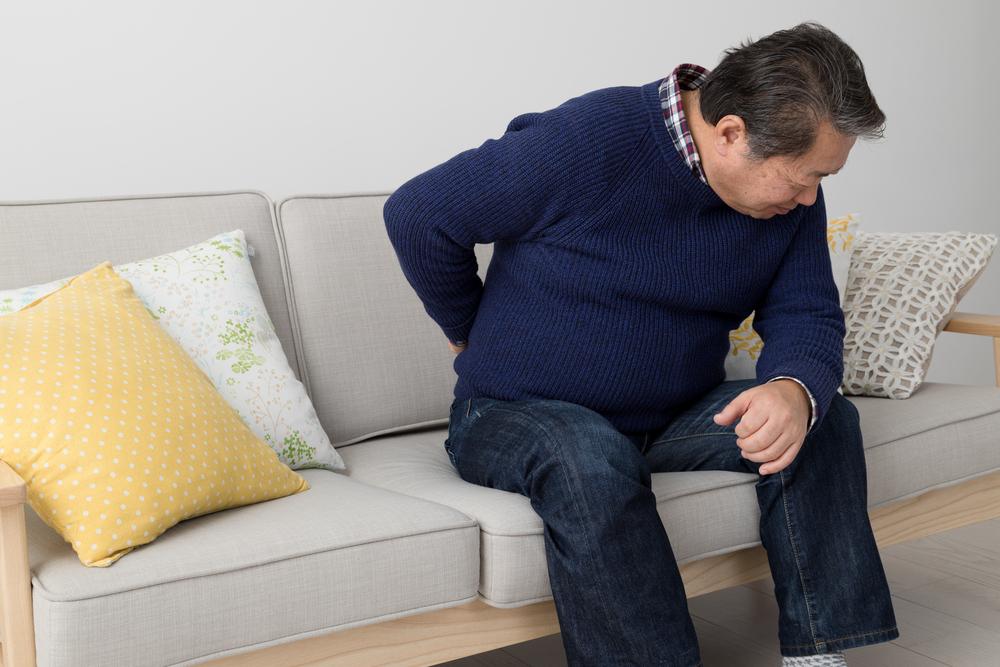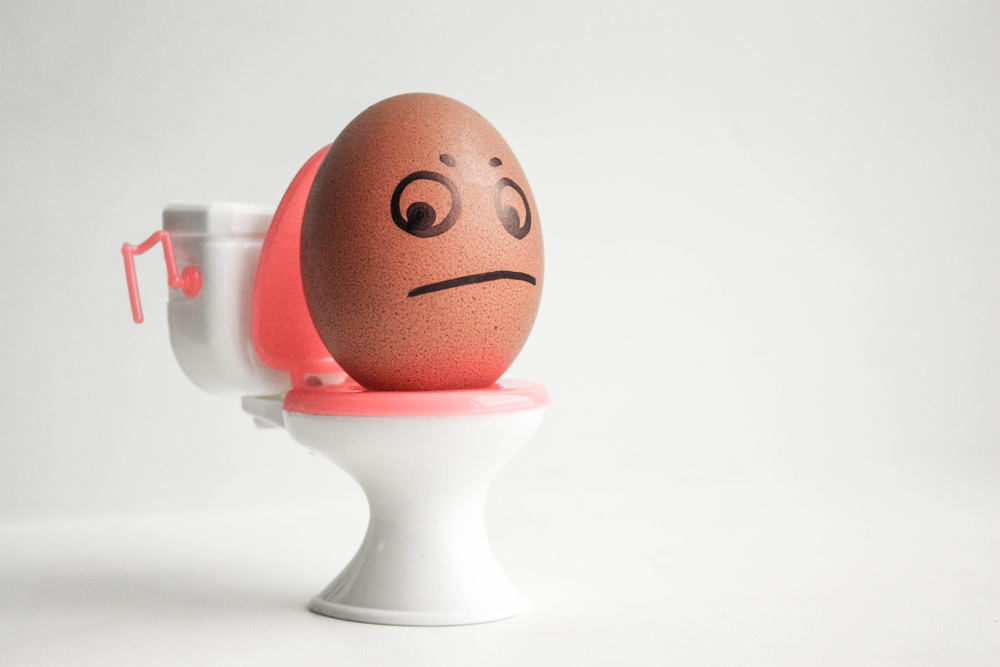Understanding Back Discomfort: Causes, Signs, and Solutions
Explore common causes, symptoms, and treatment options for back discomfort. Understand how age, injury, and health conditions contribute to back pain and learn effective management strategies, from medications to surgery. Seek professional guidance for proper diagnosis and care.

Understanding Back Discomfort: Causes, Signs, and Solutions
Back discomfort is a common symptom resulting from various health conditions rather than a standalone disorder. The back comprises distinct regions—the lower, middle, and upper sections—that can all be affected. The pain may be persistent or episodic, ranging from mild to intense.
Most adults experience back pain at some point, with roughly 80% affected. The backbone is made of complex structures, each contributing to the discomfort. Located at the body's posterior, the spine is rich in nerve fibers involved in sensation and movement.
Back pain often results from overstressed tissues, muscles, or ligaments.
Chronic back issues, affecting 5-10% of sufferers, tend to recur over time. Sudden pain typically arises from tissue injury, which may lead to weakness in muscles or loss of control over bladder functions, affecting daily activities.
Younger individuals might develop disc-related issues due to degeneration, while older adults often face joint deterioration, including osteoarthritis.
Common Causes of Back Discomfort
Muscle strain from overstretching or ligament sprain due to excessive stretching
Herniated discs that compress nerve roots, causing persistent pain
Osteoarthritis leading to joint degeneration in the lower spine
Spinal deformities resulting in chronic discomfort
Spinal stenosis, which narrows the spinal canal and compresses nerves
Vertebral slipping (spondylolisthesis) causing joint fractures or degeneration
Autoimmune conditions like rheumatoid arthritis and Crohn’s disease
Signs of Back Discomfort
Muscle pain that can radiate to limbs
Difficulty in performing routine activities such as standing, bending, or walking
Shooting pains in various back regions
Severe pain accompanied by bladder or bowel issues
Ways to Manage Back Discomfort
Medications like muscle relaxants, pain relievers, and epidural shots to reduce symptoms
Supportive braces to aid recovery and lessen pain
Non-medical approaches such as massage and targeted exercises to improve blood flow and nutrient delivery
Surgical intervention in rare cases for complete relief and correction of underlying issues
Important Notice:
The information provided here is for educational purposes only. It should not replace professional medical advice. Always consult licensed healthcare providers for diagnoses and treatment options. Use discretion when applying suggestions and avoid self-medicating based solely on online content.










